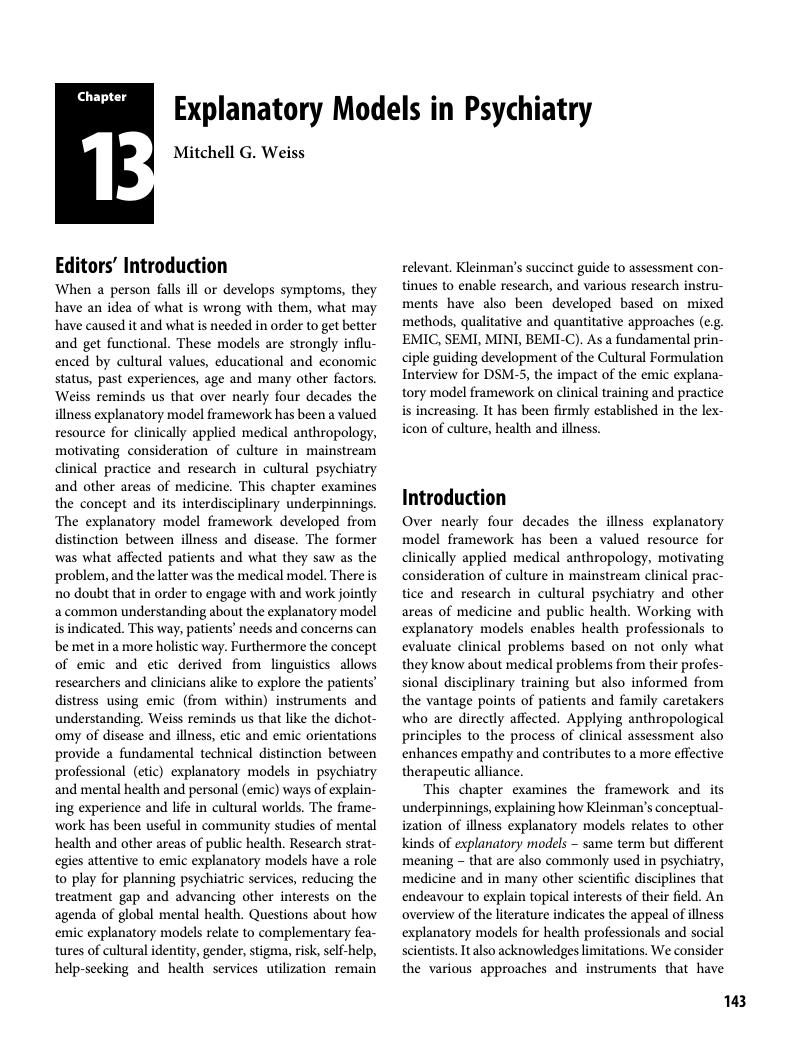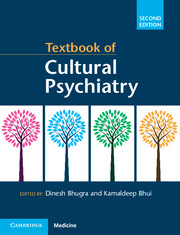Book contents
- Textbook of Cultural Psychiatry
- Textbook of Cultural Psychiatry
- Copyright page
- Dedication
- Contents
- Contributors
- Foreword
- Preface to the Second Edition
- Section 1 Theoretical Background
- Section 2 Culture and Mental Health
- Chapter 11 Psychopathology and the Role of Culture
- Chapter 12 Developmental Aspects of Cultural Psychiatry
- Chapter 13 Explanatory Models in Psychiatry
- Chapter 14 Culture-Bound Syndromes
- Chapter 15 Psychiatric Epidemiology and its Contributions to Cultural Psychiatry
- Chapter 16 Acculturation and Identity
- Chapter 17 Cultural Consonance
- Section 3 Culture and Mental Disorders
- Section 4 Theoretical Aspects of Management
- Section 5 Management with Special Groups
- Section 6 Cultural Research and Training
- Index
- References
Chapter 13 - Explanatory Models in Psychiatry
from Section 2 - Culture and Mental Health
Published online by Cambridge University Press: 16 March 2018
- Textbook of Cultural Psychiatry
- Textbook of Cultural Psychiatry
- Copyright page
- Dedication
- Contents
- Contributors
- Foreword
- Preface to the Second Edition
- Section 1 Theoretical Background
- Section 2 Culture and Mental Health
- Chapter 11 Psychopathology and the Role of Culture
- Chapter 12 Developmental Aspects of Cultural Psychiatry
- Chapter 13 Explanatory Models in Psychiatry
- Chapter 14 Culture-Bound Syndromes
- Chapter 15 Psychiatric Epidemiology and its Contributions to Cultural Psychiatry
- Chapter 16 Acculturation and Identity
- Chapter 17 Cultural Consonance
- Section 3 Culture and Mental Disorders
- Section 4 Theoretical Aspects of Management
- Section 5 Management with Special Groups
- Section 6 Cultural Research and Training
- Index
- References
Summary

- Type
- Chapter
- Information
- Textbook of Cultural Psychiatry , pp. 143 - 157Publisher: Cambridge University PressPrint publication year: 2018

